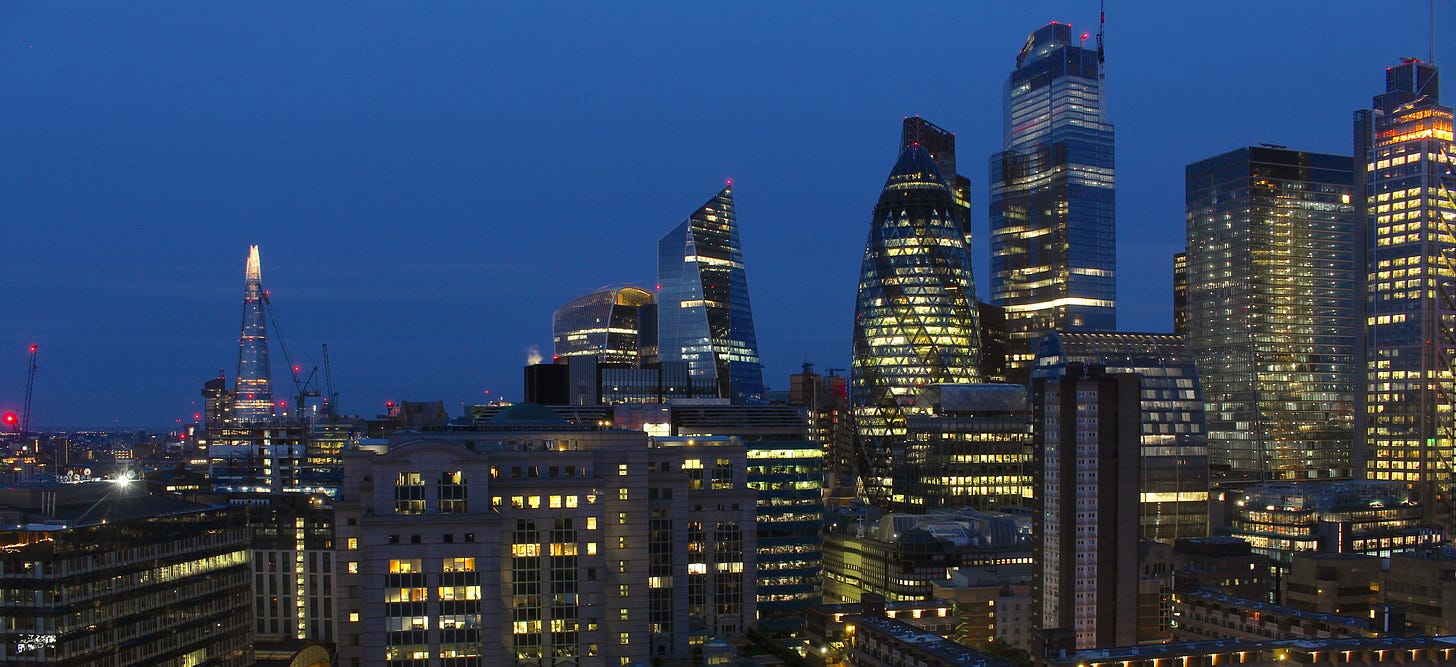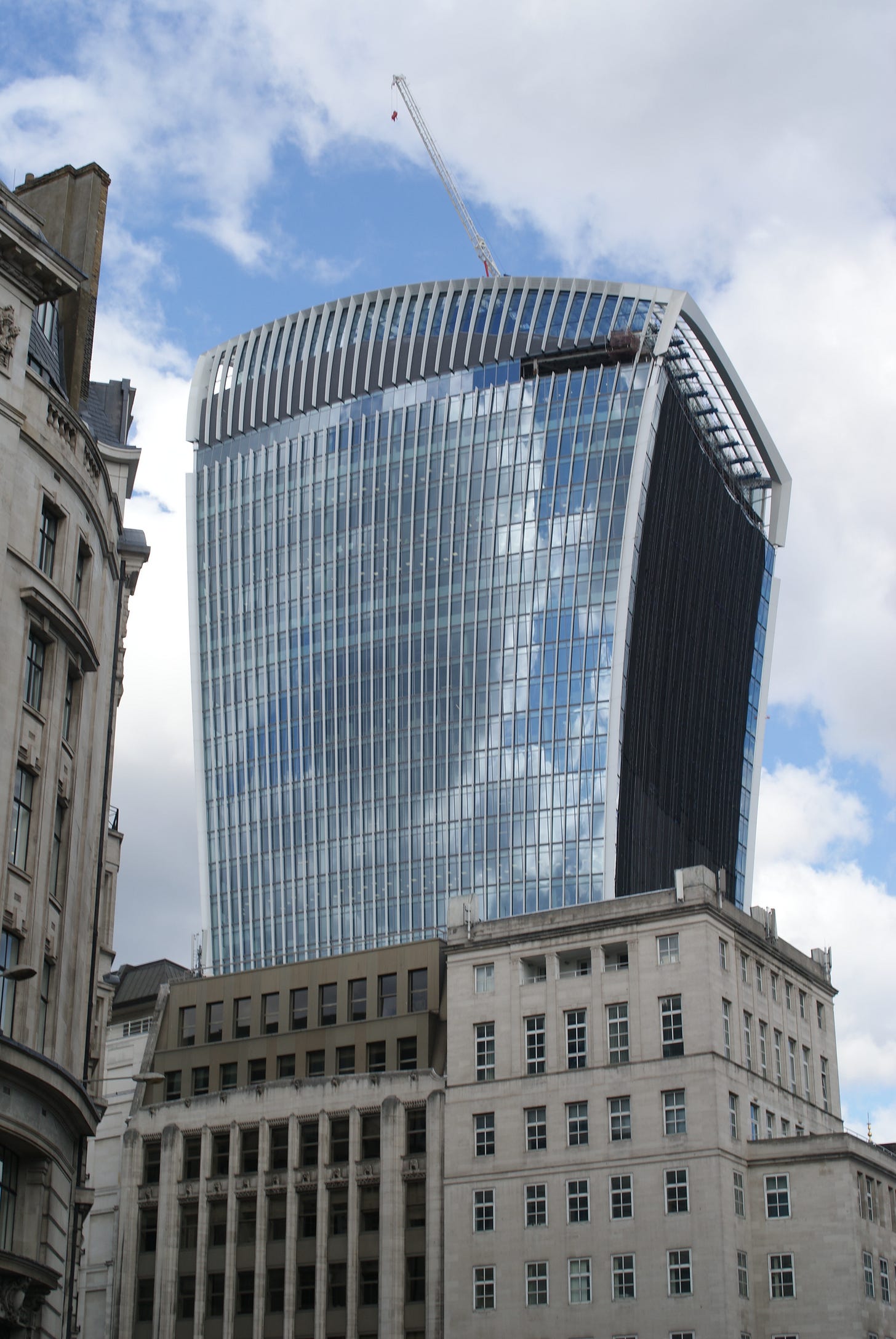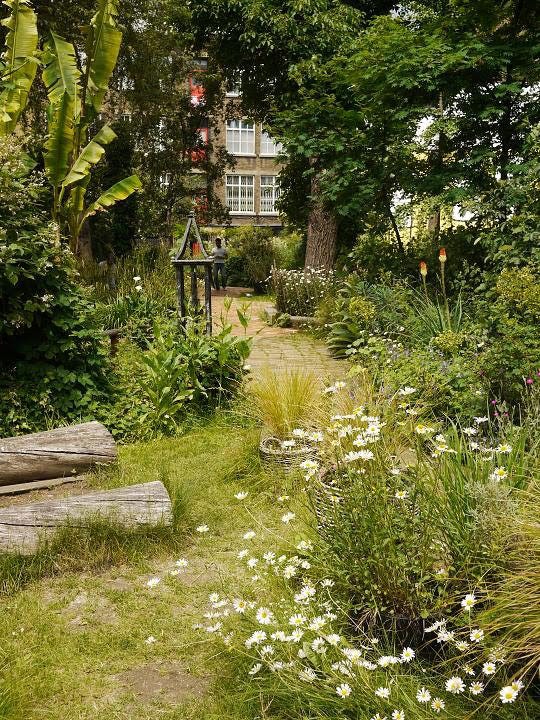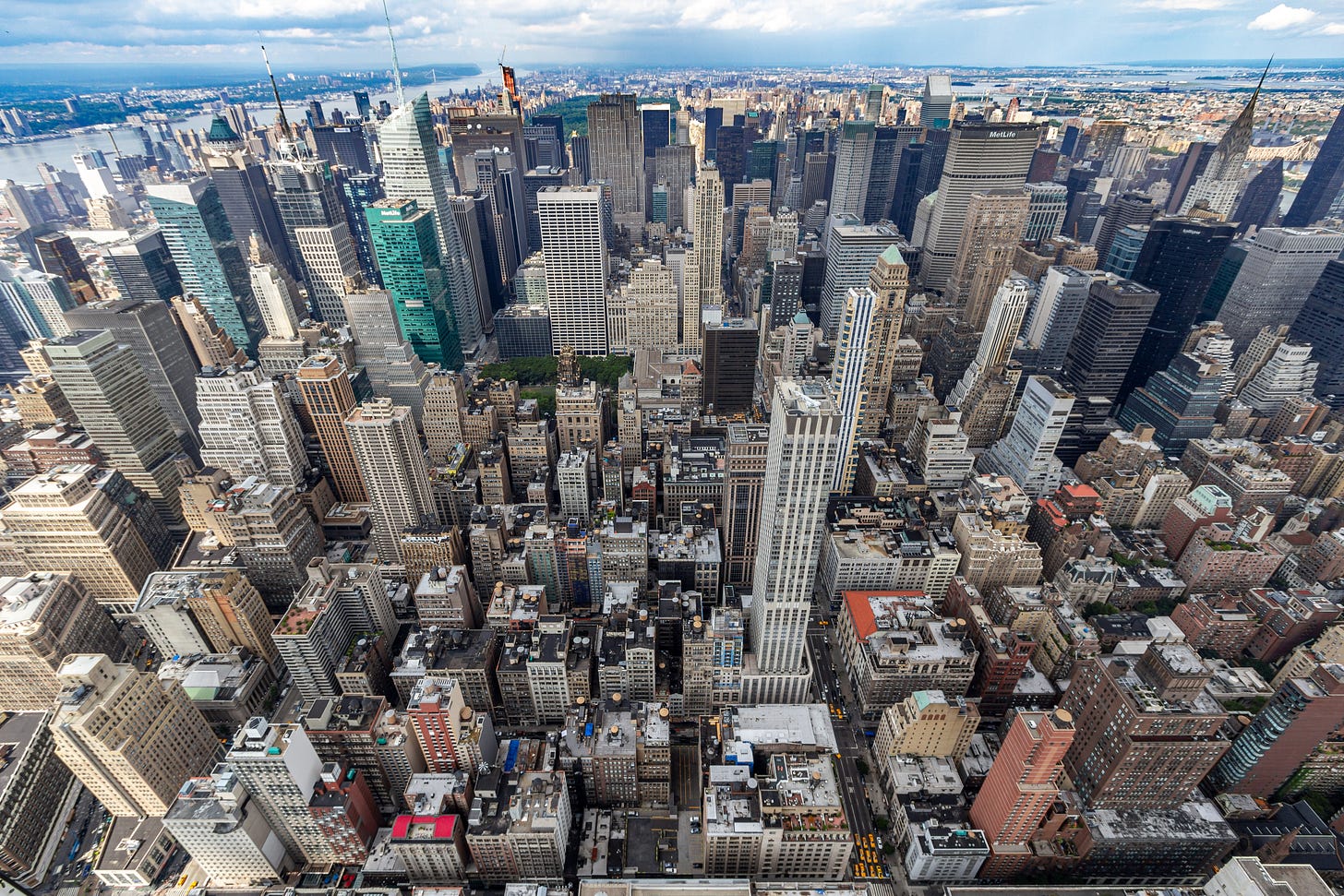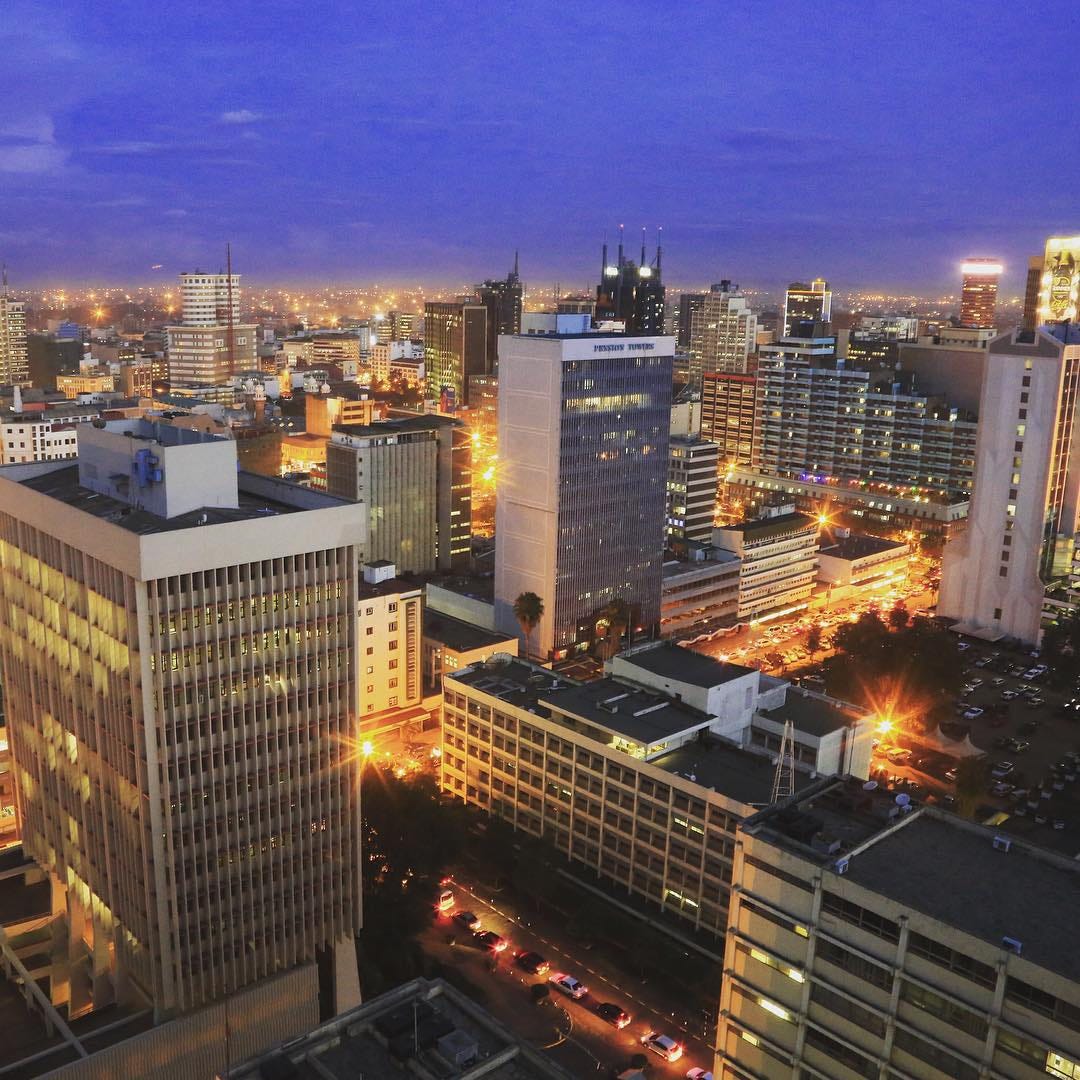Visit our website for more info!
Walking through central London you may be forgiven for thinking it is a haven for super tall buildings, but compared to many of the globe’s capitals London’s capacity for height is actually rather limited. Despite its long-held position on the world stage and its diverse and sometimes mind-boggling architecture, the city has only possessed the world’s tallest once, for a decade, way back in 1310 in the form of Old St Paul’s Cathedral—a source of shame perhaps for some of today’s London architects. A combination of strict planning regulations and London’s clay foundations (roadblocks that still persist) meant the capital has never really been able to catch up with other major urban centres when it comes to height.
But that hasn’t stopped the city trying, and it certainly doesn’t stop it building upwards—a necessity in such a large and crowded conurbation. Through advanced engineering and a determination to rival the rest, London now boasts 34 towers that reach 150m or more and 107 that top 100m.
Despite the pandemic and the subsequent switch to homeworking, at the time of writing there are still 21 new buildings over 100m are under construction, 54 more have been approved, and 25 are in the proposal stage despite the predictable 27% slowdown in applications and starts. New London Architecture’s 2021 Tall Buildings Survey has counted 587 ‘tall buildings’ in the pipeline, with their own definition of “tall” being 18 metres, though the vast majority of these applications are for towers over three times that height threshold. What London lacks in the absurd height other global cities may possess, it more than makes up in its desire to fill every square inch with modern megastructures.
Across the world, both developed and developing, this is no different, and as the proportion of those living in urbanised areas increases (in Europe this approaches 85%) and population densities skyrocket, more and more cities seem resolved to build taller and taller structures to accommodate their citizens—and perhaps keep up with their rivals.
Such substantial edifices are of course going to change the environment around them, and in the quantity that we’re seeing the world over this effect will grow exponentially. But beyond the visual transformation of a city’s skyline (which, though obvious, is consequential in itself), what impacts do tall buildings really have on the places they occupy and the people who occupy them?
Probably the most striking consequence of a tall building once erected is the climactic effect it has on nearby surroundings. Here we don’t mean those that impact climate change like pollution—though we will certainly come back to that—but rather the perceptible weather-based changes to the immediate locale that a tall building provokes.
In an area with a high density of tall buildings there is often a variation in temperature and wind conditions. Aeration sometimes becomes diminished as the many tall and flat surfaces can prevent breeze leading to stagnant air especially when the weather is hot and humid. On a windy day this could also be seen as a positive, protecting city-dwellers from strong gusts or wind chill.
Sometimes, and perhaps more commonly, these high-rises have the opposite effect. Many have a peculiar tendency to actually accelerate the wind to truly unpleasant levels. This is due to a combination of things wind does when it hits a tall building and cannot pass over the top of it.
Firstly, it is pushed both upwards and downwards along the vertical surface, the downdraught as it’s known, then hits the ground in front of the tower and rushes back away from the building, now concentrated right at human height. Wind also accelerates around square corners as it is compressed and released past a building’s edges, as well as being channelled into a smaller space if two tall buildings are side by side.
All of these can create a rather hostile environment. Eminent urban sociologist William H. Whyte noted how New York City was blighted by wind as a result of its towers, and in London it is hugely noticeable near structures such as the Archway Tower or 20 Fenchurch Street, or the “Walkie Talkie”.
Sticking with the Rafael Viñoli designed Walkie Talkie, alongside it acting as a part-time wind tunnel, it has the ability to massively increase temperatures in its vicinity. This came to a head in 2013 when the sun, reflecting off of the building’s eccentrically shaped glass surface, burned shop fronts and melted a car parked beneath it, with some claiming the heat was hot enough to fry an egg. Shades have since been installed to prevent this happening again, but it is a common trait of pretty much all tall buildings to alter the temperatures around them.
Those built of concrete or brick or faced in stone absorb heat during the day and hold onto it. While some is released when the sun goes down, keeping the temperature high throughout the night, not all is removed before the sun returns and heats it up again. Glass, though less absorbent to heat, reflects it back into the air surrounding it, which alongside the buildings constructed from more absorbent materials creates what’s called a Heat Island. Glass also allows heat to pass through, trapping it inside and raising the interior temperatures. This is great on a winter’s day, and saves money and energy on heating, but can be intolerable in mid-Summer.
Tall buildings have been known to be assets in the heat too. On particularly hot and sunny days they can provide shade for those looking to escape the heat, as well as lowering temperatures in areas that fall into their shadow. And the Heat Islands that are generated around them can in some cases provide a habitat for diverse and exotic greenery that other parts of the country may not be able to support, as is the case with the community-run Phoenix Garden in Soho.
Perhaps a less perceptible, but certainly unsurprising, effect of tall buildings is the impact they have on land prices. As the demand for ground space rises, land becomes more scarce a commodity and its prices balloon. If nothing else, high-rises are great for maximising the utility of smaller footprints by stacking floorspace on top of itself, and, so it works in theory, the higher the building goes, the more the developer can glean from the space they’re making available. The cost of building higher, though, becomes exponentially greater with the need for more expensive and advanced technologies to support the height. As such, in order for a tall development to be as profitable as possible its floorspace must be sold or rented out at a very high price. The resulting effect is that many of the homes in more modern high-rise buildings command luxury prices.
Land prices in areas close to profitable tall buildings consequently go up as speculators see the possibilities of a plot in that locality. Further still, many skyscrapers are considered landmarks of engineering and unique icons of the city they are erected in—the Empire State Building, the Gherkin or the Burj Al Arab stand out as prime examples. Naturally, people wish to be able to see such structures from their homes or workplaces, or be able to associate their own building with them, resulting again in an increase in land and house prices in the area.
On the other hand, badly designed or built structures, and those whose image or reputation may, rightly or wrongly, bring up associations with crime or poverty have the opposite effect. Poorly maintained buildings can keep land prices low, encouraging more low-quality high-rises to be built nearby to maximise the profit on a cheap plot, or preventing developers from investing as the speculative chances of making viable returns are slim. The volatile land prices of urban centres mean that, whether increasing or decreasing, the tall buildings that occupy it will play a large role in their future costs.
It is well-established that the building of tall structures can be detrimental to the environment, with the construction industry producing 40% of the world’s carbon emissions and using more material resources than any other. The “embodied” energy within a skyscraper is also becoming more publicised, with extensive materials used to dig deeper foundations, build longer lift shafts and anti-sway mechanisms, as well as the energy needed for lighting, heating and to power lifts.
A more subtle and less well-known impact of a tall building is its effect on the quality of the air that surrounds it. This is predominantly due to the aforementioned climactic consequences, as, when aeration is poor, pollution lingers and is not moved away as air is recycled. The stagnant air can increase surface ozone and be harmful to foliage, lowering its ability to absorb the carbon emitted by an increase in car traffic as a result of the larger numbers of people living and working in the vicinity that a tall building brings about.
In better funded projects, this increased number of people can, however, encourage infrastructural facilities to accommodate their needs. These tend to include public transport hubs, open spaces and water features, that not only provide oases of calm amidst the bustle of the city (as we’ve discussed in a previous article) but can help to reduce heat and pollution in an urban centre.
Questions also arise regarding the effects on citizens’ health that tall structures bring about. There are many physical consequences of living or working near or inside one, including the problems that pollution and poor air quality can engender or the increased chances of strokes and heart attack as a result of the high temperatures associated with skyscrapers. Further still, the higher concentration of bodies means, as we have seen with the ongoing pandemic, disease is passed around much faster than amongst those who live and work in lower rise housing.
But tall buildings also impact mental health in a dramatic way. The vast shadows they cast can leave homes and workplaces without any natural sunlight, which can cause a myriad of mental conditions and their often imposing manner and inhuman scale has led scientists and architects to conclude that being in the presence of a skyscraper can increase feelings of isolation and stress. Being too high up can separate people from the street below, meaning residents or workers tend to stay indoors, reducing their fresh air intake and much-needed chances of human interaction. Many also feel a lack of security in taller buildings, whether that be due to it taking a long time to exit in the case of an emergency, them being more vulnerable on the skyline, or simply that a lot of people are just unnerved by heights.
Yet large buildings can provide a positive addition to the cityscape. For many they help build up a metropolitan identity that citizens can view with pride, and, if well-built and well-designed they can stand as symbols of technological and cultural progress. They can be used as way finders, standing out above the rows of otherwise near-identical buildings at street level and, as some argue, they can if utilised and deployed in a sensible manner, provide adequate affordable housing in urban centres near to people’s jobs during a times of short supply.
Ultimately, whether the impacts of tall buildings are seen as positives or negatives, what should not be, but often is, overlooked by developers or city dwellers is that they do have an impact on their surroundings. A big one. At Walulel we understand this and have produced our Tall Buildings metric that can measure the effect that nearby high-rise architecture has on every postcode in the city. This allows you to make an informed decision about how you interact with the urban environment, and lets you learn more about the city you love.


